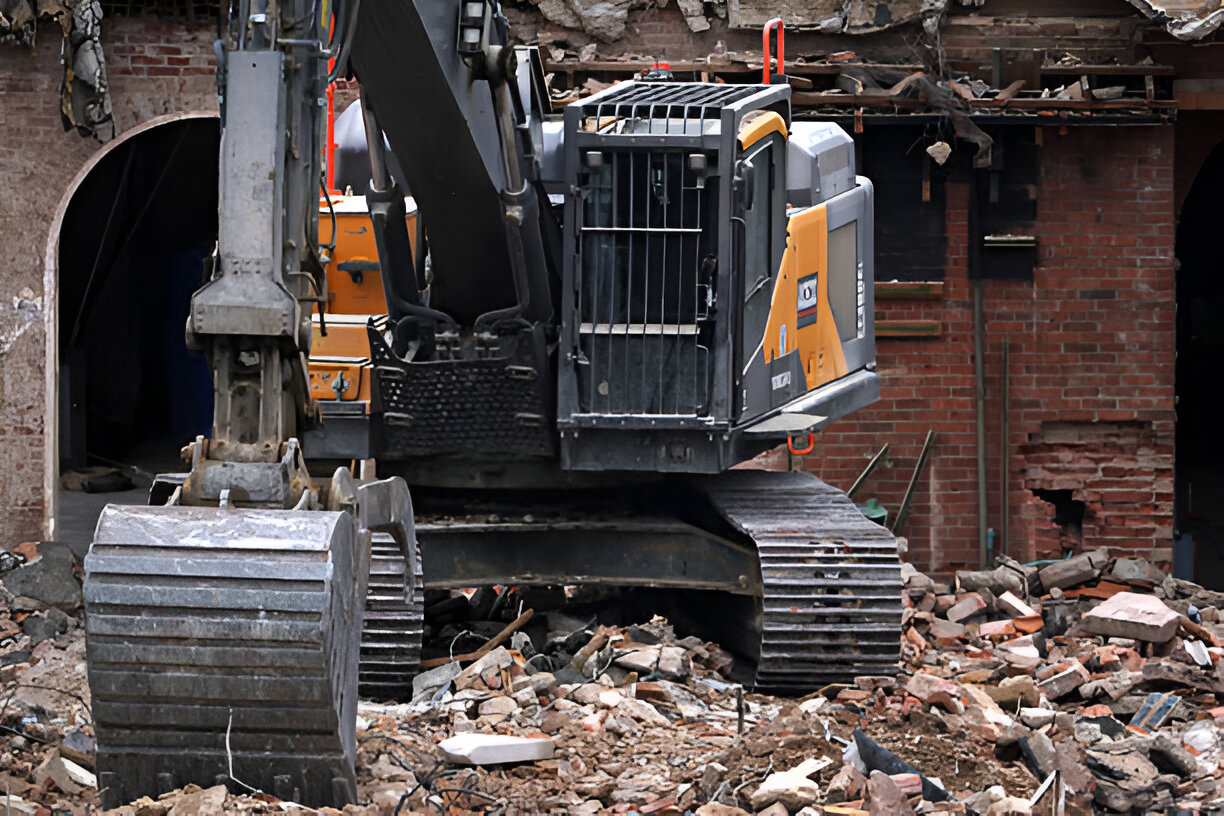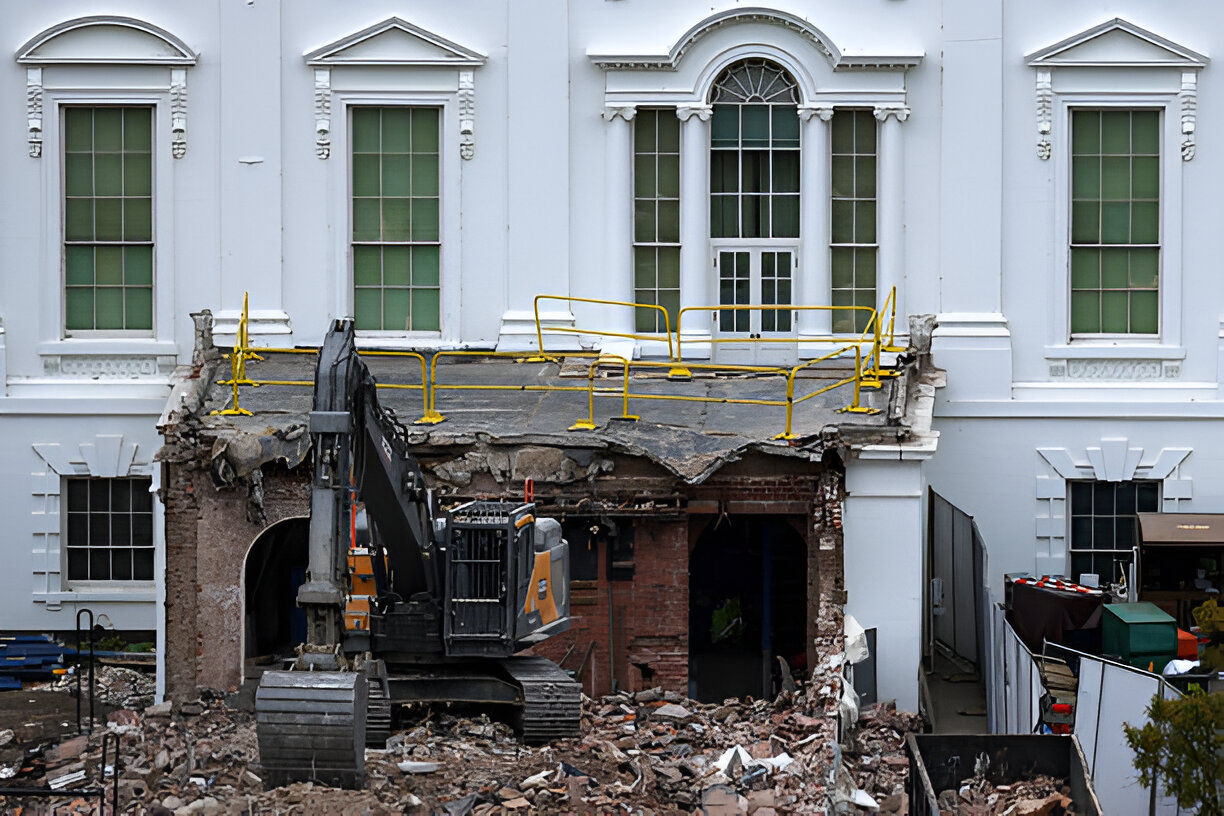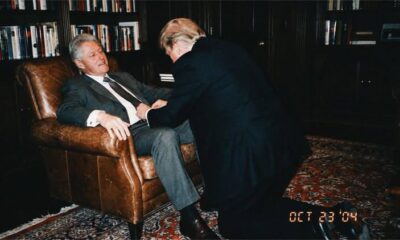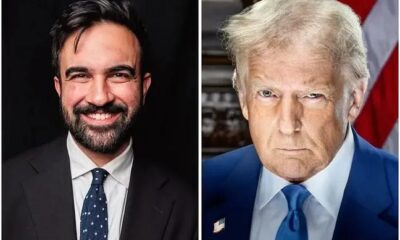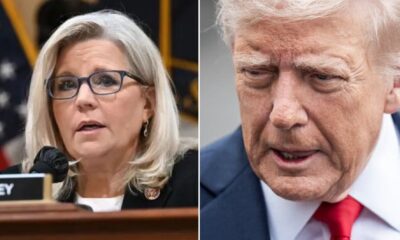NEWS
BREAKING: Supreme Court Strikes Down Donald Trump’s Controversial “Ballroom Plan,” Declaring His Removal of the White House East Wing Unlawful and Directing Him to Rebuild the Historic Structure Without Using Taxpayer Funds
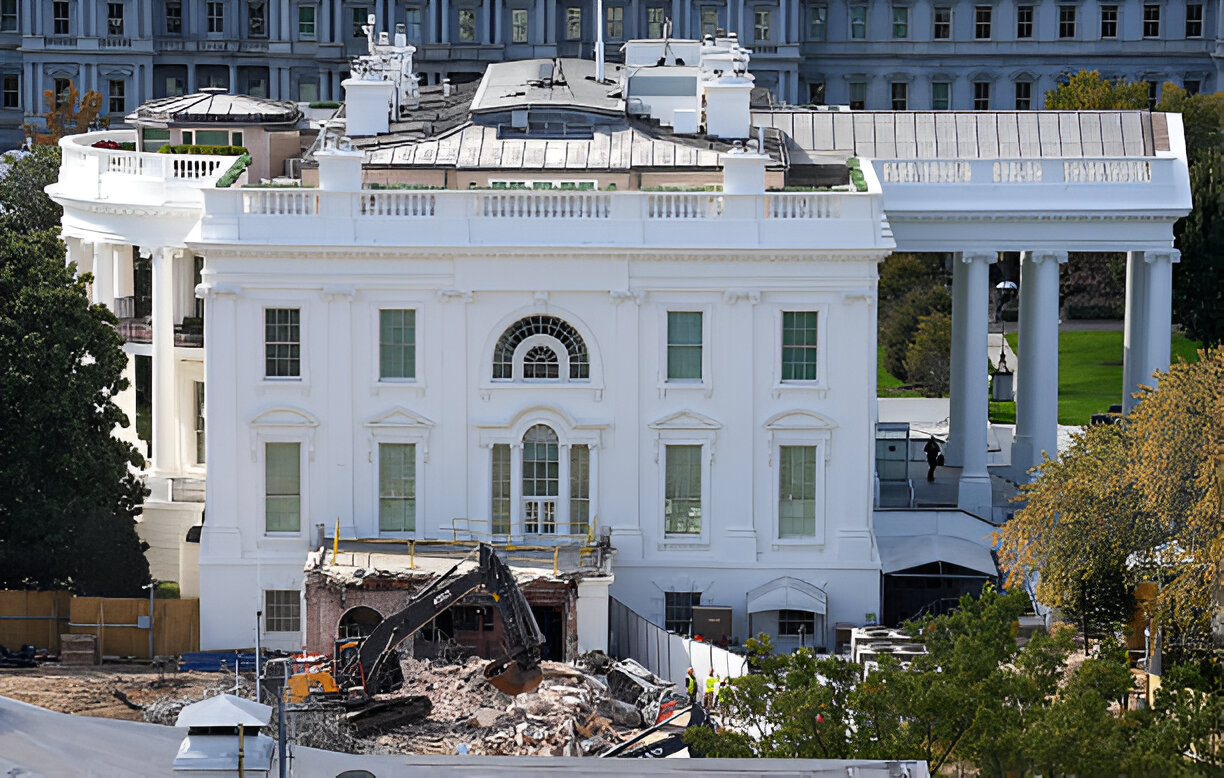
Supreme Court Strikes Down Donald Trump’s Controversial “Ballroom Plan,” Declaring His Removal of the White House East Wing Unlawful and Directing Him to Rebuild the Historic Structure Without Using Taxpayer Funds
The news hit Washington like a lightning bolt—sharp, unexpected, and echoing through every political hallway from Capitol Hill to the West Wing itself. In a stunning turn of events, the Supreme Court has ruled against former President Donald Trump in what many are calling one of the most breathtaking hypothetical legal clashes ever imagined.
For hours, the capital seemed frozen, suspended between disbelief and unease, as whispers began to spread that the Court was preparing to deliver a decision no one saw coming. And when the ruling finally surfaced, the shockwaves were immediate.
The so-called “Ballroom Plan”—Trump’s bold move to demolish the White House East Wing and replace it with a lavish ceremonial hall—was officially struck down.
But the drama didn’t end there.
According to the speculative scenario making the rounds, the Court didn’t just reject the plan. They went further—much further.
They declared the removal of the East Wing unlawful.
And then came the directive that left both supporters and critics breathless:
Trump must restore the historic structure he tore down—without using a single dollar of taxpayer money.
Silence swept across the briefing rooms. No one knew how to react. Even seasoned analysts paused, blinking slowly, trying to digest the magnitude of what such an order would mean if it were ever real.
In this imagined chain of events, constitutional experts began scrambling to interpret the Court’s reasoning. The justices, according to the dramatic scenario, emphasized that the White House is not merely a residence. It is a living landmark, a preserved heritage site entrusted to every generation, not a personal project to be reshaped on a whim.
The language, hypothetical as it may be, was searing:
A historic foundation must not be erased for temporary ambitions.
Across social media, the reactions poured in. Some were stunned. Others were furious. Many were simply confused—trying to understand how a plan that once existed only in rumors had spiraled into a courtroom battle of this scale in the first place.
But the speculation grew even deeper.
If Trump were truly required to rebuild the East Wing at his own expense, what would that mean? Would he comply quietly? Would he fight the Court’s decision? Would political allies rally behind him—or distance themselves from the controversy?
The tension only grew as analysts painted darker possibilities. Could ignoring such an order spark a constitutional standoff? Could compliance be framed as an admission of overreach? Could this imaginary legal twist—even in fiction—mirror real divisions brewing beneath the surface?
No one seemed willing to answer. Not directly. Not yet.
Because the scenario, as captivating as it is, raises deeper questions about power, history, and the fragile boundaries governing iconic institutions.
And that may be why this fictional ruling has captured so much attention—because even as a “what if,” it brushes against the edge of something uncomfortably real:
The idea that any structure, any tradition, any cornerstone of the nation could be reshaped by the will of one person… until someone finally says no.
In this dramatic re-imagining of events, the final image is what lingers:
A former president standing before the outline of a building he once removed, now ordered to rebuild it with his own hands—or at least, his own funds.
A historic structure.
A controversial plan.
A stunning reversal.
And a ruling that echoes through a nation—even in fiction.
The suspense continues.

